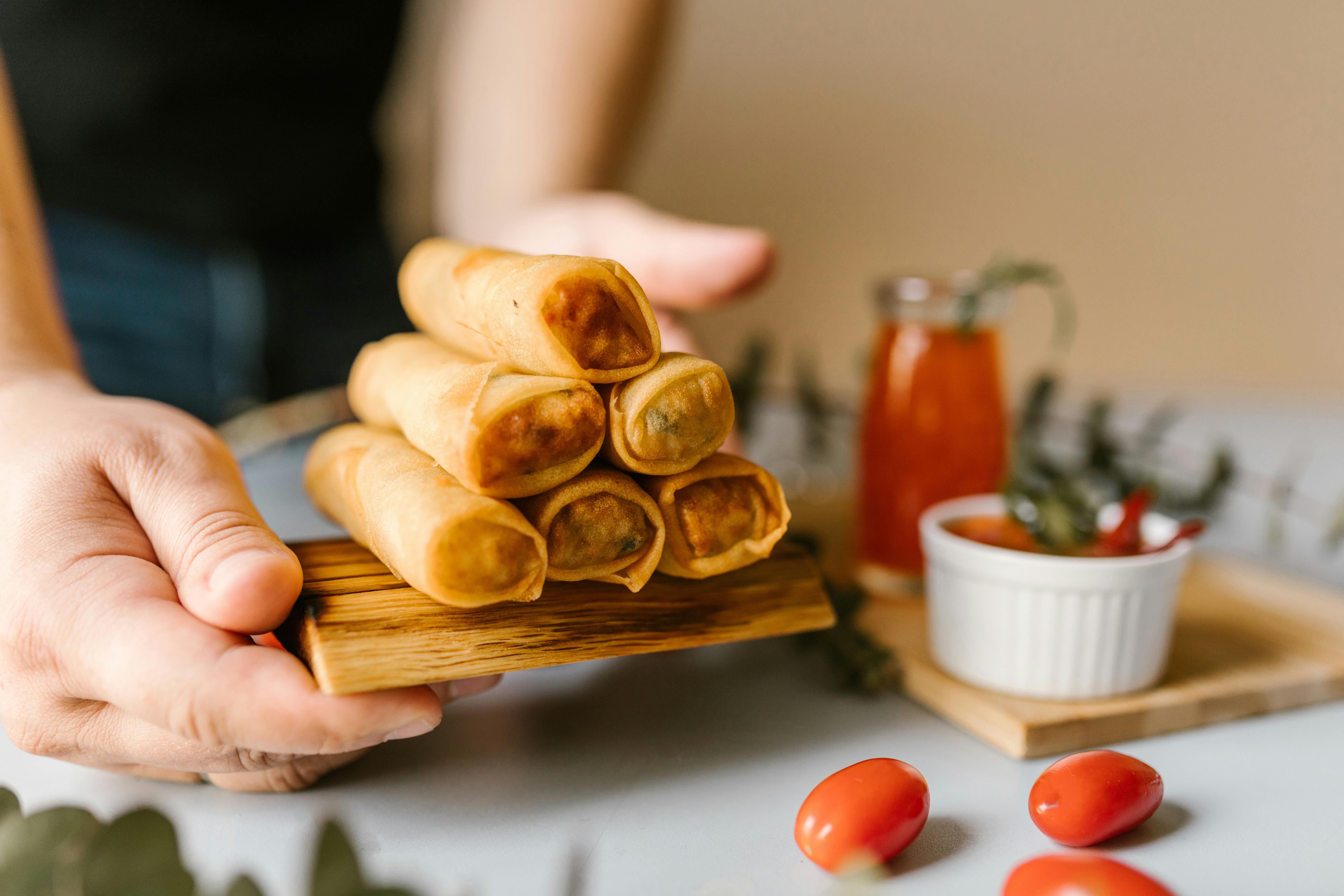Savoring the Aromatic Splendor of Vietnamese Cuisine
Vietnam, a Southeast Asian country known for its pristine beaches, bustling cities, and verdant landscapes, is also home to a vibrant and diverse culinary scene that is as rich as its culture. The gastronomic wonders of this region are deeply rooted in tradition but are continuously evolving, offering a unique blend of flavors that captivate the senses and nourish the soul.

A Symphony of Flavors
Vietnamese cuisine is a testament to the country’s agricultural abundance. Rice is a staple, appearing in numerous forms such as vermicelli, rice paper, and the famous phở noodles. Fresh vegetables, herbs, and meat—usually pork or seafood—complete the ensemble, resulting in dishes that are light yet flavorful.
The secret to Vietnamese cuisine’s distinct taste is the perfect balance of five elements: spicy, sour, bitter, salty, and sweet. This harmony is achieved through the use of ingredients like chili, lime, lotus seeds, fish sauce, and sugar cane.
The Art of Phở
Phở, a comforting bowl of broth, rice noodles, and meat, is Vietnam’s national dish. It is traditionally eaten for breakfast, though it is now enjoyed at any time of the day. The depth of the broth’s flavor is achieved through hours of simmering beef bones, spices, and charred onions and ginger. Thin slices of beef or chicken are added before serving, along with a sprinkle of herbs and a squeeze of lime.
The Delight of Bánh Mì
Bánh mì is a testament to Vietnam’s colonial past. This sandwich features a crusty French baguette filled with a variety of ingredients, including pâté, mayonnaise, cucumber, cilantro, pickled carrots and daikon, and a choice of meat—usually pork. The result is a burst of contrasting flavors and textures that make bánh mì an irresistible snack.
The Charm of Street Food
Vietnam’s street food culture is a culinary adventure in itself. From bustling markets to roadside stalls, a variety of dishes await the adventurous eater. Notable street foods include bánh xèo (sizzling pancakes), bún chả (grilled pork with noodles), and cơm tấm (broken rice with grilled pork).
The Future of Vietnamese Cuisine
While honoring tradition, Vietnamese cuisine also embraces innovation. Modern Vietnamese restaurants experiment with techniques and presentation, creating fusion dishes that appeal to a wider audience. As the world becomes more interested in healthy eating, Vietnamese cuisine—with its emphasis on fresh ingredients and balance—provides a delicious alternative.
Vietnamese Cuisine: A Trove of Trivia
- Vietnamese cuisine uses minimal dairy and oil, making it one of the healthiest food options.
- The Vietnamese believe food should appeal to all senses. Plating is as important as taste.
- Each region in Vietnam has its distinct flavor profile. Northern Vietnamese cuisine is simple and mild, while Southern Vietnamese cuisine is bold and spicy.
Vietnamese cuisine is a culinary journey that offers a taste of the country’s history, culture, and spirit. It’s a vibrant gastronomic tradition that continues to evolve, expanding the boundaries of flavor and igniting the world’s palate. As we immerse in the aromatic splendor of Vietnamese food, we don’t just nourish our bodies—we also feed our souls.






